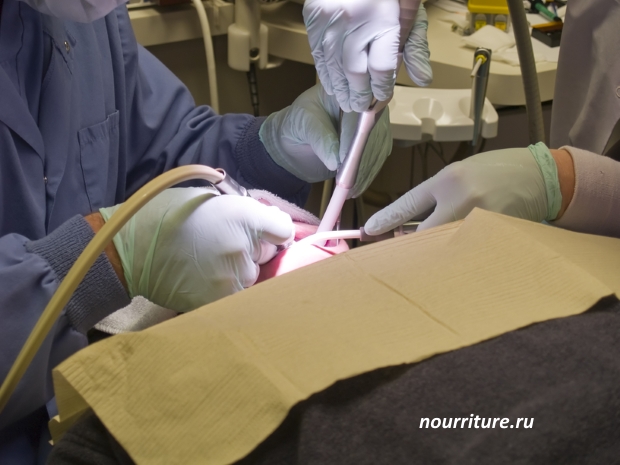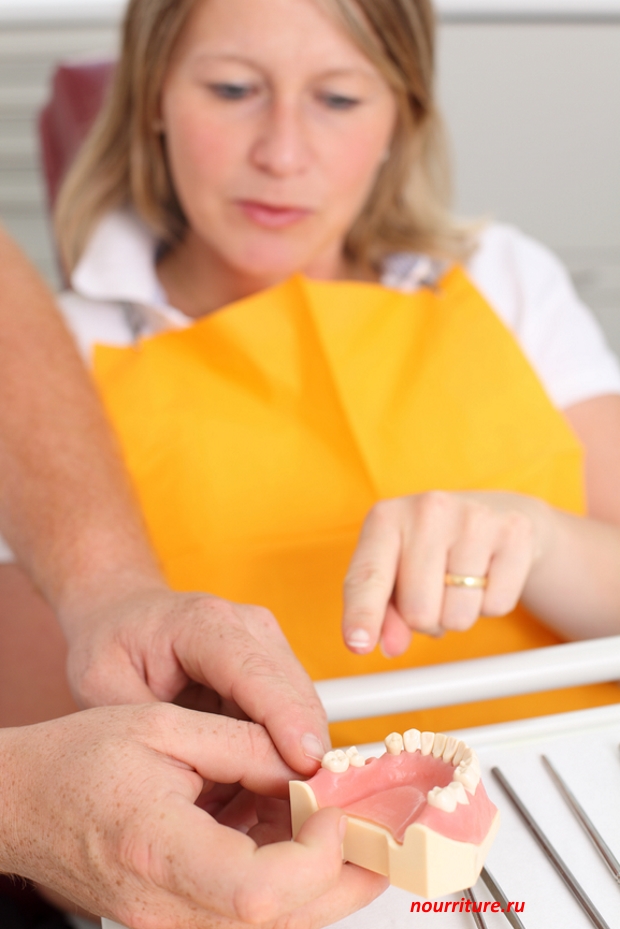List of Diseases
Ankylosis of the temporomandibular joint
- limited mobility or immobility of the lower jaw.

The dental arches are deformed and articulation is impaired. Abundant Tartar, side teeth are tilted. Often preserved baby teeth. Eating is difficult. On the radiograph, the elements of the joint are not differentiated. Bone strands can go from the articular and coronal processes to the base of the skull.

Etiology of temporomandibular joint ankylosis
Infectious arthritis, trauma, including birth trauma.The pathogenesisof ankylosis of the temporomandibular joint
Bony or fibrous fusion of articular surfaces, which is associated with damage or death of articular cartilage. It develops slowly-months, years.
Symptoms of temporomandibular atrophy
Persistent reduction of the jaws, complete or partial, usually one-sided. The deformity of the lower jaw is more pronounced the earlier the ankylosis was formed. Shortened branch and body of the lower jaw on the side of the lesion. The chin is shifted to this side and posteriorly. With bilateral ankylosis-microgenia ("bird face"). The corners of the lower jaw protrude.The dental arches are deformed and articulation is impaired. Abundant Tartar, side teeth are tilted. Often preserved baby teeth. Eating is difficult. On the radiograph, the elements of the joint are not differentiated. Bone strands can go from the articular and coronal processes to the base of the skull.
Treatment of temporomandibular joint ankylosis
Treatment is operative-osteotomy of the lower jaw branch. In the postoperative period – mechanical therapy. In osteotomy, joint heads made of polymer materials are used. In fibrotic ankylosis, forcible extension of the jaws is possible.
